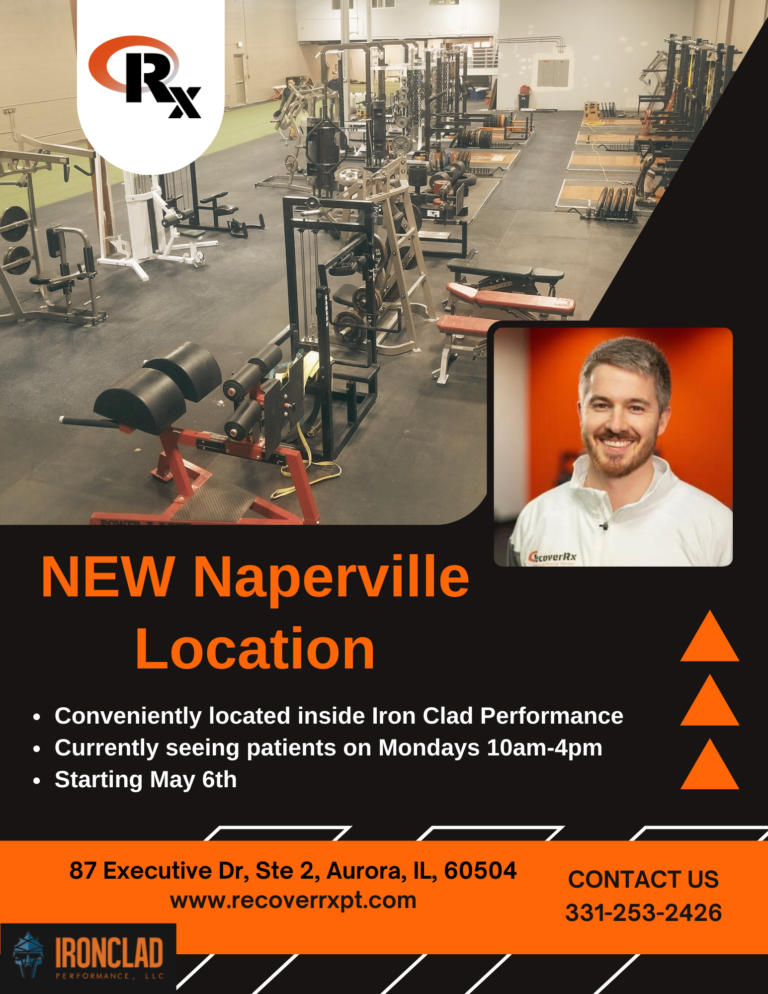Introduction
Living with a frozen shoulder can be frustrating. The stiffness and pain can significantly limit your daily activities. But there’s good news! Frozen shoulder exercises can be effective in managing pain and regaining mobility.
This blog aims to shed light on effective exercises for frozen shoulders designed for pain relief, guiding sufferers towards a path of recovery.
What is a Frozen Shoulder?
A frozen shoulder, also known as adhesive capsulitis, is a condition that restricts the movement of your shoulder joint. The capsule surrounding the shoulder joint thickens and tightens, limiting your ability to move your arm. Frozen shoulder is a frustrating condition, affecting between 2% to 5% of the general population, but with proper diagnosis and treatment, regaining mobility and managing pain is achievable.
What are the Causes of a Frozen Shoulder?
While the exact cause of frozen shoulder is unknown, certain factors can increase your risk, such as:
- Age: Frozen shoulder is most common between the ages of 40 and 60. It affects women more often than men.
- Diabetes: People with diabetes are more likely to develop frozen shoulder.
- Injury or surgery: Previous injuries or surgeries to the shoulder can increase your risk.
- Immobilization: Keeping your shoulder still for an extended period, such as after surgery or illness, can contribute to frozen shoulder.
What are the Symptoms and Diagnosis?

The symptoms of frozen shoulder typically progress through three stages:
- Freezing stage: This stage is characterized by gradual pain and a decrease in your shoulder’s range of motion.
- Frozen stage: Pain might cease or decrease slightly, but a stiff shoulder becomes the main issue.
- Thawing stage: This stage involves a gradual improvement in your range of motion and a decrease in stiffness.
Diagnosis Process:
Your doctor will likely take a comprehensive approach to diagnose frozen shoulder. Here’s what you can expect:
- Medical History: A detailed discussion about your symptoms, any injuries or surgeries you’ve experienced, and overall health is crucial.
- Physical Examination: Your doctor will carefully assess your shoulder’s range of motion in all directions. They’ll also gently move your arm to gauge pain levels and identify specific areas of restriction.
- Imaging Tests: While not always necessary for diagnosing frozen shoulder, X-rays or MRIs might be used to rule out other soft tissue injuries like rotator cuff tears or calcium deposits that could mimic frozen shoulder symptoms.
The Impact on Daily Life
Frozen shoulder can significantly impact your daily activities, making simple tasks like dressing, combing your hair, or reaching for objects difficult. This can lead to frustration and decreased independence.
How Exercise Helps in Pain Relief?
Frozen shoulder physical exercise is important in managing pain and regaining mobility. Gentle stretches and exercises help to:
- Improve flexibility and range of motion
- Reduce shoulder stiffness
- Promote blood flow to the area
- Maintain muscle strength
Effective Exercises for Frozen Shoulder
Here are some examples of exercises you can try at home to manage your frozen shoulder pain (always consult a healthcare professional before starting any new exercise program):
Pendulum Stretch
- Procedure: Stand with your good arm, supporting your weight on a stable surface like a table. Let the affected arm hang loosely by your side. Gently swing your arm back and forth in a circular motion, gradually increasing the range of motion.
- Repetitions: Perform 10 swings in each direction, once a day.
- Caution: Don’t force the movement. Stop if you feel any sharp pain.
Towel Stretch
- Procedure: Stand with your feet shoulder-width apart. Hold a towel behind your back with both hands. Gently pull the ends of the towel upwards, raising your affected arm as high as comfortably possible. Hold for 15-30 seconds.
- Repetitions: Repeat 10-20 times per day.
- Caution: Don’t hunch your shoulders. Maintain a straight back.
Finger Walk
- Procedure: Stand facing a wall at arm’s length. Slowly “walk” your fingers up the wall as high as you can comfortably reach, keeping your elbow bent and close to your body.
- Repetitions: Repeat 10-20 times a day.
- Caution: Don’t push yourself too high. Stop if you feel any pain.
Cross-body Reach
- Procedure: Sit or stand with your arms relaxed at your sides. Gently reach across your body with your good arm and grasp the elbow of your affected arm. Pull your affected arm gently across your chest until you feel a stretch in your shoulder. Hold for 15-30 seconds.
- Repetitions: Repeat 10-20 times a day on each side.
- Caution: Don’t bounce while stretching. Maintain a slow and controlled movement.
Armpit Stretch
- Procedure: Stand with your affected arm behind your back. With your other hand, gently reach down and grasp your elbow or wrist. Pull your arm slightly upwards towards your armpit until you feel a stretch in your shoulder. Hold for 15-30 seconds.
- Repetitions: Repeat 10-20 times a day.
- Caution: Don’t pull too hard. Stop if you feel any sharp pain.
Outward Rotation
- Procedure: Grasp a rubber exercise band with both hands, ensuring your elbows are bent at a 90-degree angle and held close to your sides. Gently rotate the forearm of your affected arm outward by two to three inches, maintaining this position for 5 seconds.
- Repetitions: Repeat 10-15 times a day.
- Caution: Don’t use excessive force. Stop if you feel any pain.
Inward Rotation
- Procedure: Position yourself beside a closed door, securing one end of a rubber exercise band around the door handle. With the hand of your affected arm, take hold of the band’s opposite end, ensuring your elbow is bent at a 90-degree angle. Gently pull the band towards you for two or three inches, maintaining this position for 5 seconds.
- Repetitions: Repeat 10-15 times a day.
- Caution: Don’t force the movement. Stop if you feel any pain.
Tips for Performing Exercises
Warm-up before starting exercises
Warm up your shoulder and do stretching exercises before performing the exercises. A proper warm-up increases shoulder muscle blood flow and can reduce the risk of injury.
The right way to breathe during exercises
Breathe slowly and steadily throughout each exercise. Avoid holding your breath.
Listening to your body and knowing your limits
Pain is a sign to stop. Don’t push yourself beyond your comfortable range of motion.
When to Seek Professional Help

If your frozen shoulder pain is severe or doesn’t improve with home exercises, it’s important to seek professional help. A physical therapist can create a personalized exercise program specifically for your needs and condition.
Signs that you need to consult a physical therapist:
- Severe pain that interferes with daily activities
- Limited range of motion that doesn’t improve with home exercises
- Weakness in your shoulder
Role of professional therapy in treating frozen shoulder
Physical therapy offers personalized care that can dramatically improve outcomes for those with a frozen shoulder. From manual therapy techniques to tailored exercise plans, professional therapists can guide you through the recovery process, ensuring you regain your shoulder’s health and functionality.
Get Back in Motion with RecoverRx Physical Therapy: Your Solution to Frozen Shoulder Pain
For those struggling with frozen shoulder, physical therapy can offer a structured, effective path to recovery. RecoverRx Physical Therapy specializes in personalized treatment plans that address each patient’s unique needs, helping them return to their daily activities pain-free.
We can develop a program that includes a combination of manual therapy techniques, physical therapy exercises, and specific recommendations on how to sleep with a frozen shoulder. This comprehensive approach not only addresses daytime activities but also nighttime rest, which is important for a holistic recovery.
Conclusion
Frozen shoulder can significantly impact your daily life, but it doesn’t have to control it. By incorporating gentle, frozen shoulder exercises into your routine, you can experience significant pain relief and regain lost mobility in your shoulder. Remember, consistency is key. Performing these exercises regularly and maintaining mindful movement throughout the day will contribute significantly to your recovery.
FAQs
What makes a frozen shoulder worse?
- Inactivity: Lack of movement can worsen stiffness.
- Overexertion: Pushing yourself too hard during exercises can increase pain.
- Poor posture: Maintaining good posture helps to reduce stress on the shoulder joint.
What is the best position to sleep in with a frozen shoulder?
Sleeping on your back with a pillow between your knees can help to keep your shoulder in a neutral position. Avoid sleeping on the affected side.
Is heat good for frozen shoulder?
Applying heat before exercises can help to loosen tight muscles and improve flexibility. Heat therapy can also be used to manage pain.





